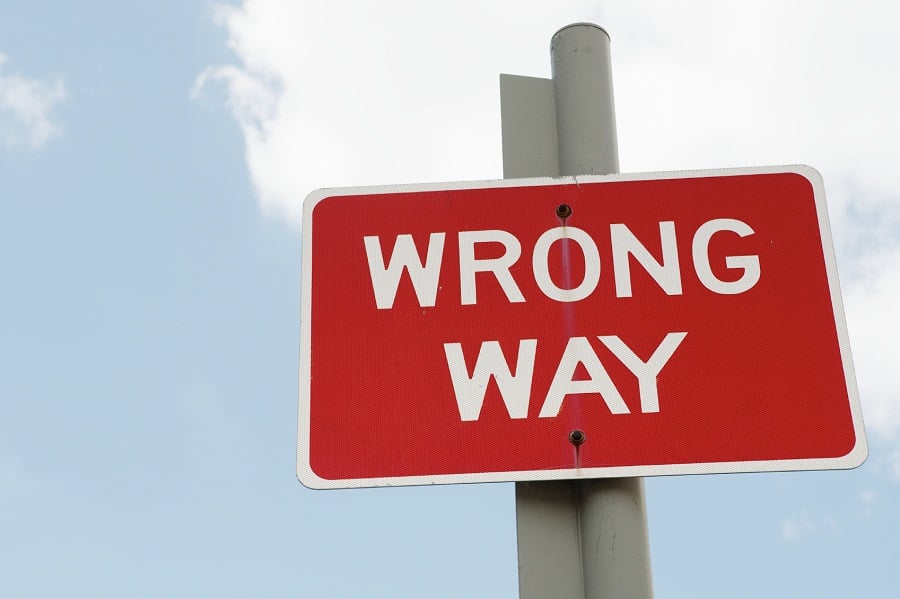Each year an increasing crop of IRA owners begins taking their required minimum distributions from their individual retirement accounts and company plans. RMDs must generally begin once an IRA owner (or plan participant) reaches their required beginning date, which, for most, is April 1 of the year following the year they turn age 70½ .
For the first-timers who reached 70½ last year, April 1, 2015, is the required beginning date. This starts their transition to the withdrawal phase of retirement planning.
No one likes change, especially when it brings more complications. This is where advisers can help clients avoid mistakes and penalties.
Here are the most common errors for those beginning RMDs:
Missing accounts. When clients have several IRAs or 401(k)s, they need to make sure they have a full listing of all of their accounts so they don't miss one. If they omit an account, they will be short on their RMD calculation and could be subject to the 50% penalty for not taking an RMD.
Not knowing the exceptions. Clients should know which accounts may be exempt from RMDs. There are exceptions for certain company plans.
For example, if clients are still working (and do not own more than 5% of the company), they can delay RMDs on that company plan until they retire. This “still working” exception applies only to the plan of the company clients are still working for, howeve. The exception does not apply to IRAs.
Using the wrong balance. If clients turned 70½ in 2014, their beginning date is April 1, 2015, but their RMD calculation is based on their IRA balance Dec. 31, 2013.
Aggregating incorrectly. The aggregation rules are tricky, especially for first-timers. IRA account balances can be aggregated for taking RMDs. For example, while the RMD is calculated on each IRA balance (including SEP and SIMPLE IRAs), that total RMD can be taken from any one or any combination of IRAs (but not inherited IRAs). The same aggregation rule applies to 403(b) plans if a client has more than one of those.
For 401(k)s though, the RMD must be taken from each 401(k) account. The same thing with Keogh accounts and other company plans subject to RMDs. You cannot satisfy a 401(k) RMD from an IRA or vice versa. Similarly, you cannot satisfy an IRA RMD from a 403(b) or vice versa.
Even advisers make mistakes here. In fact, in a recent private letter ruling (PLR 201501026 – Jan. 2, 2015), an adviser thought the client could satisfy both his plan and IRA RMDs with one withdrawal from his IRA. Based on that incorrect advice, the client took both his plan and IRA RMDs all from his IRA.
His company plan notified him that he still had to take his RMD from that plan, which he did. But now he wanted to roll the excess amount he took from his IRA back into his IRA. The IRS granted the ruling and allowed the late rollover of the excess. Getting the adviser's mistake corrected took months — and was expensive.
Incorrect IRS table. To calculate the RMD, IRS tables must be used. There are three, but most account owners will use only the Uniform Lifetime Table. A client whose spouse is more than 10 years younger and was the sole beneficiary for the entire year can use the more favorable Joint Life Expectancy Table. It will produce a lower RMD. The third table is the Single Life Expectancy Table, but that is never used for IRA owners. It's used only for beneficiaries.
Incorrect age. When it's time for the first RMD, the right age is confusing since it can be either age 70 or 71. This quirk happens when calculating the first RMD because of the 70½ rule. When clients are subject to RMDs, to find the life expectancy factor for calculating the RMD, you use their age on Dec. 31 of the year they turned 70½.
Here's the easy way to get this right every time. If the client's birthday is between Jan. 1 and June 30, use age 70. If it's between July 1 and Dec. 31, use 71.
Missing an RMD. If a client either misses an RMD or miscalculates and comes up short, it's not the end of the world as long as it is corrected as soon as possible. You can correct this by having the client make up the missed RMD when it's discovered and filing Form 5329 to request a waiver of the 50% penalty. The IRS will generally waive the penalty, especially for confused first-timers.
Advisers can help relieve clients from the anxiety and stress of figuring this out for themselves as they transition to the withdrawal phase.
Read more:
Avoid these common RMD mistakes
Ed Slott, a certified public accountant, created the IRA Leadership Program and Ed Slott's Elite IRA Advisor Group. He can be reached at irahelp.com.







